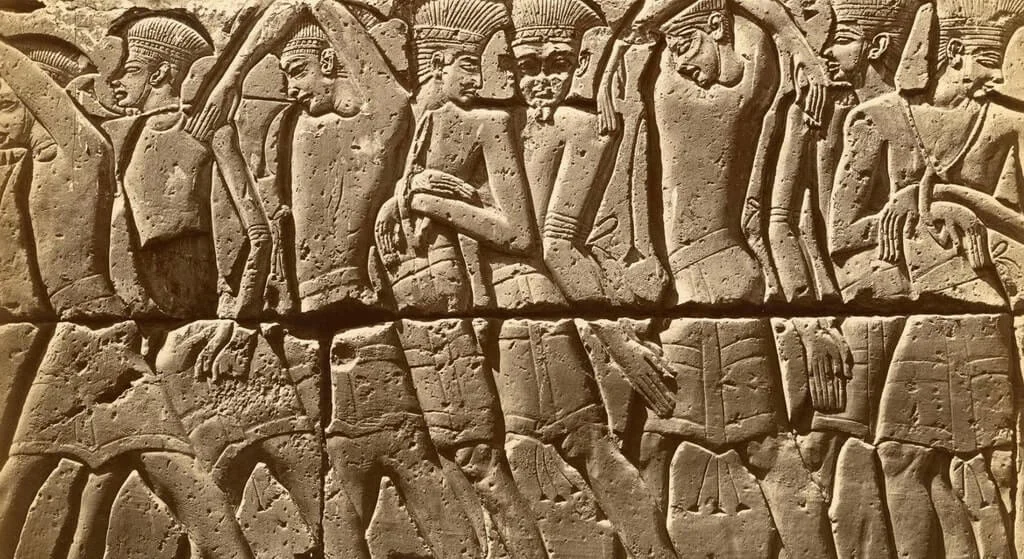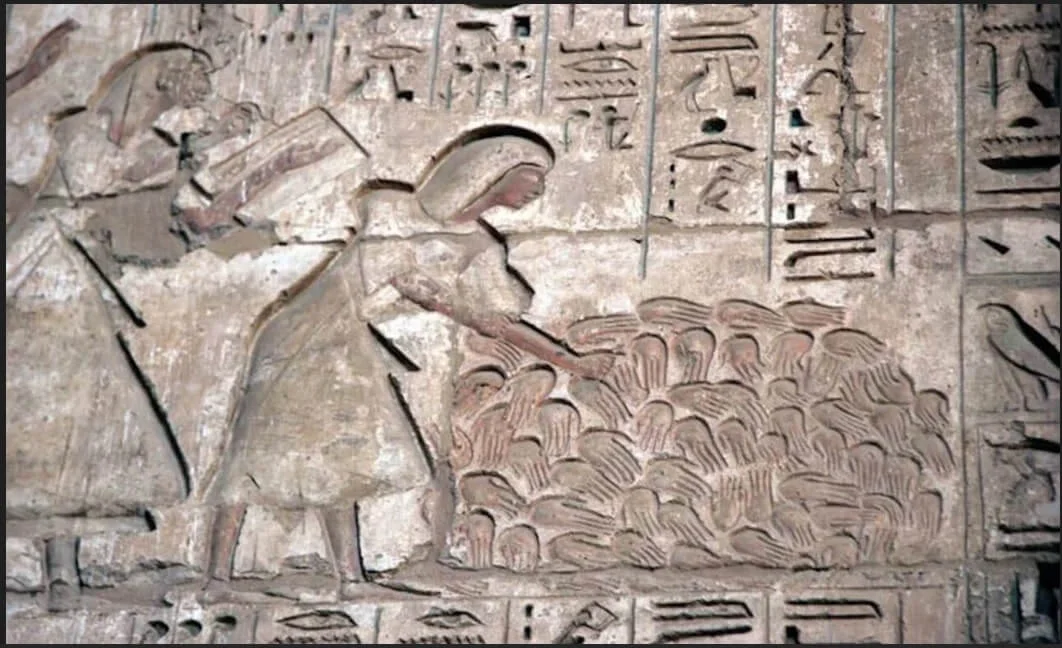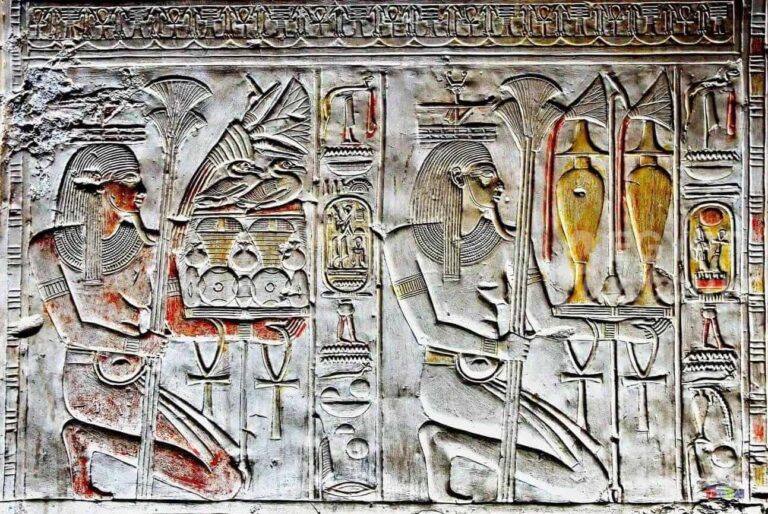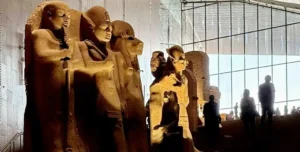The Battle of Delta, A.K.A. The Battle of Djahy
The Battle of the Delta was important. It occurred in the seventh year of Pharaoh Ramses III’s reign. The conflict took place in the Delta region during the eighth year of his rule. This clash was a decisive moment for Ramses III. He defended Egypt from foreign invaders. This battle showed his military skill and strategic intelligence.
Pharaoh Ramses III led the Egyptian army. He was known for his defensive campaigns. He faced a formidable threat from the Sea Peoples. The Sea Peoples were a confederation of naval raiders. They wanted to conquer Egypt’s fertile lands. The Battle of the Delta stands as a testament to the Egyptian army’s resilience. It also showed the leadership of Ramses III. He repelled the invaders and secured his kingdom’s borders.
Key Highlights
- The battle happened in the eighth year of Ramses III’s rule.
- It was a crucial victory against the Sea Peoples.
- It demonstrated the Egyptian forces’ strategic and military capabilities.
The victory at the Delta not only safeguarded Egypt but also cemented Ramses III’s legacy. He became known as a formidable ruler. This battle is a pivotal event in the late Bronze Age. It illustrates the challenges and triumphs of ancient Egyptian warfare. Under his personal command, Ramses III’s forces defeated the Sea Peoples. The invaders had tried to attack the kingdom by both land and sea.
We get most of our information about the Battle of the Delta from the Mortuary Temple of Ramesses III at Medinet Habu. The temple walls have carvings that chronicle the fight and the prisoners. It also has the world’s longest hieroglyphic text. Bas-reliefs show Egyptian warriors and their chariots fighting an enemy who also had chariots.





























